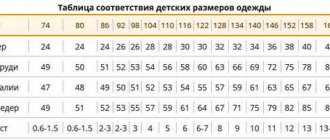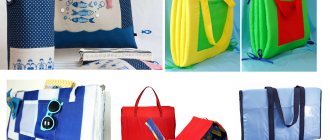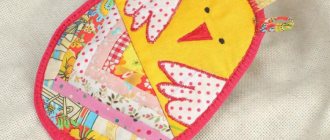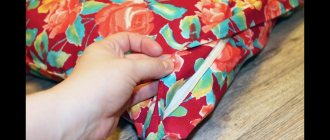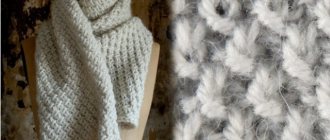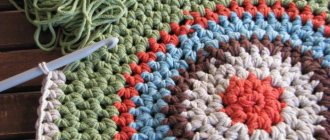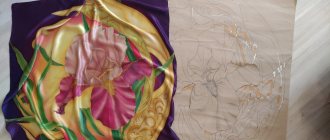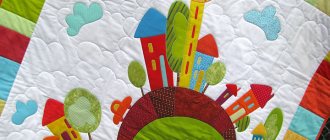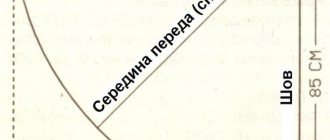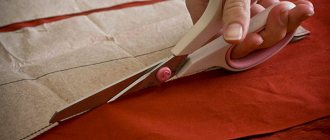Materials and tools that will be required
In the production of flowers, natural woven silk is used, treated with a special composition. This way, all the details of the flower will keep their shape well. For roses, you can choose a delicate and light material - organza, it will add airiness to the flower. For leaves - satin with a barely noticeable gloss.
What materials are needed to make flowers?
To get a unique masterpiece, the following tools will come to the rescue:
- organza for roses;
- satin for leaves;
- thin silk ribbon or curtain;
- soldering iron with nozzles;
- tweezers;
- scissors;
- glue;
- thin wire 0.4 mm;
- silk paints;
- cotton wool;
- lining fabric in the color of leaves (chiffon).
You might be interested in Interesting patterns for children's T-shirts for boys and girls
To the kitchen
This is where bright fabric items come in especially handy. Textile attributes in the kitchen not only make work easier, they also add coziness to the room and decorate the interior.
Potholders and mittens can be different - bright, sewn from several pieces, decorated with lace, etc.
It is also necessary to take into account when choosing a material that it should not melt at high temperatures.
Crafts from scraps
Here we will stop and look at this method from the inside. To figure out how to make a fabric craft with your own hands, you should prepare the necessary material. These are scraps of a variety of fabrics and colors, scissors, a ruler, a needle, thread, and an iron.
Also, before the creative process itself, it is necessary to cut out a template in the shape of a regular pentagon, with a side of 20 mm. Using the template, cut out a polygon from fabric.
A separate piece must be sewn to each side so that one side merges into a continuation. This means that each time you sew on a new flap, you should cut one side of it so that it is a continuation of the straight line.
Having reached the required size, the panels are covered with ribbon and lace. In this way, not only rugs are created, but also paintings, furniture covers, decorative pillowcases, etc.
History of patchwork
The first fabrics appeared before our era. Natural materials were used to create fabrics; people learned to process them and weave fabrics. Such natural fiber sources include cotton, wool, silk and linen.
Visson is the finest linen fabric produced by the weavers of Ancient Egypt. During excavations of tombs, it was found that fine linen was used to mummify the ancient pharaohs. Woolen fabrics were made by spinning thread and then woven into cloth. The thinner the thread and the softer the fabric, the higher its price. Wool and flax were the main materials that our ancestors used to create clothes. In Rus', coarse cloth served as material for peasant clothing, and thin fabrics were used exclusively for ritual purposes - preparing a dowry and wedding dresses. Silk was produced by Chinese craftsmen. The finest thread of this precious material was produced from the cocoon of the silkworm. You could pay with your life for stealing a secret. The Chinese princess, who married the Indian monarch, brought with her precious cocoons and helped spread sericulture in India. Due to the different composition of the water in which the silkworm cocoons were dipped, Indian silk was coarser and more rustling.
The birthplace of cotton is India. Thanks to the campaigns of Alexander the Great, cotton fabrics found their way to the Mediterranean. Later, this country became an English colony, and the finest calico fabrics found their way into the rich homes of the English. Calico fabrics were so valuable that ladies treasured every scrap of precious fabric. It was then that patchwork was born - a type of patchwork sewing. The women assembled a mosaic from pieces of fabric, each trying to bring something of their own.
Related article: Do-it-yourself soccer ball made from candy: master class with photos
In Russia, patchwork appeared with the beginning of the production of inexpensive cotton fabrics with printed patterns. In order to save money, housewives collected small scraps and made various things for the home from them. The Russian patchwork technique is distinguished by its simplicity. It is most often based on motifs of geometric shapes. They are collected into strips, which are then stitched together to form the finished product.
Looking at the rich patchwork patterns, you involuntarily think about the complexity of their implementation. The patchwork process itself is not too complicated, but it requires precision, time and patience. If you intend to get a beautiful and neat product, use patterns and take your time. It is not at all necessary to use an ornament to make crafts from pieces of fabric; it is enough to simply choose a color scheme and carefully sew the pieces together, and from the resulting fabric you can cut out parts for a future product.
